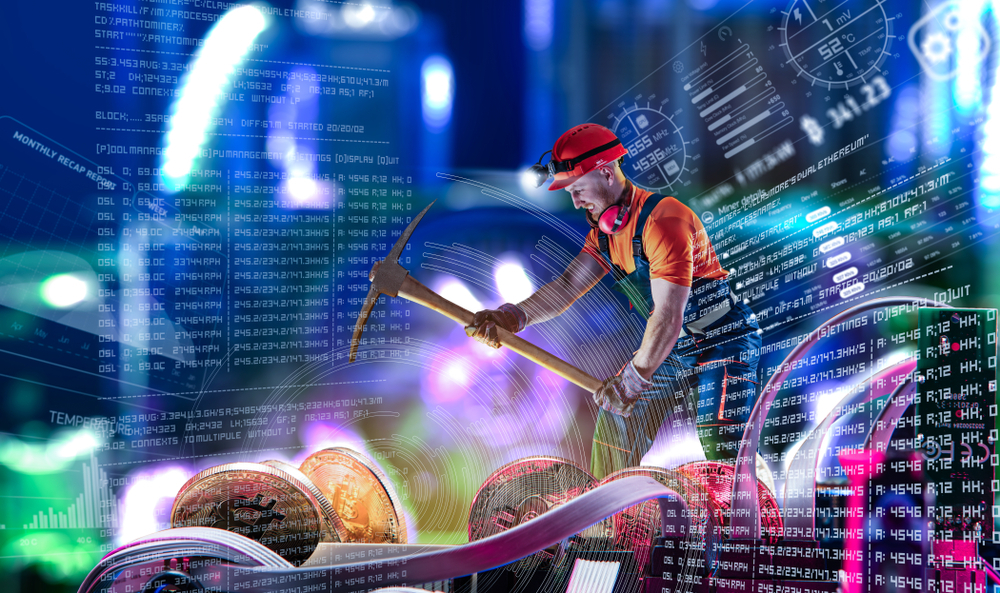CRYPTO MINING
What is Crypto Mining??
Blockchain is made up of blocks of data. These blocks are stacked on the top of one another, like Legos, hence forming a blockchain. However, a block cannot be added randomly to the blockchain. Before adding this block, all the transactions within this block have to be validated to ensure everything is fine. The process of validating these transactions to add the next block in the blockchain is what’s known as crypto mining.
With that explanation out of the way, the next logical question that comes to our mind is that how does one validate the transaction? What is really meant by validation? This cannot be a manual process for sure. You cannot expect a person to manually sit and calculate if these transactions are correct. So, what is happening in the background?
Validating the transactions:
If you’ve already started venturing into crypto space, you must have come across this statement multiple times: ‘Miners solve a complicated mathematical problem to add the next block in the blockchain.’
This mathematical problem is based on a technical cryptography algorithm called SHA256.
Without going into too much detail, think of it as a game of guessing using nothing but all permutations and combinations. Here’s an example:
Think of it in the form of a simple equation like this: A+B = C
Miners are already aware of what A and C are. What they are trying to do is guess B. There is no way of guessing B without using numbers randomly from 0 to 1,2,3… and so on.
Buy crypto mining machines here

